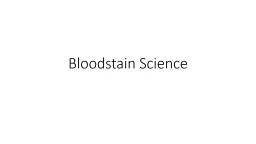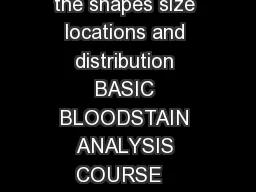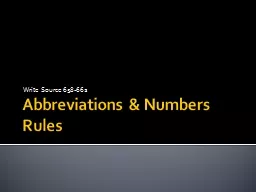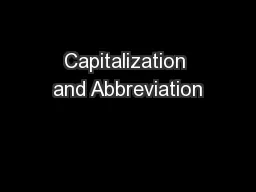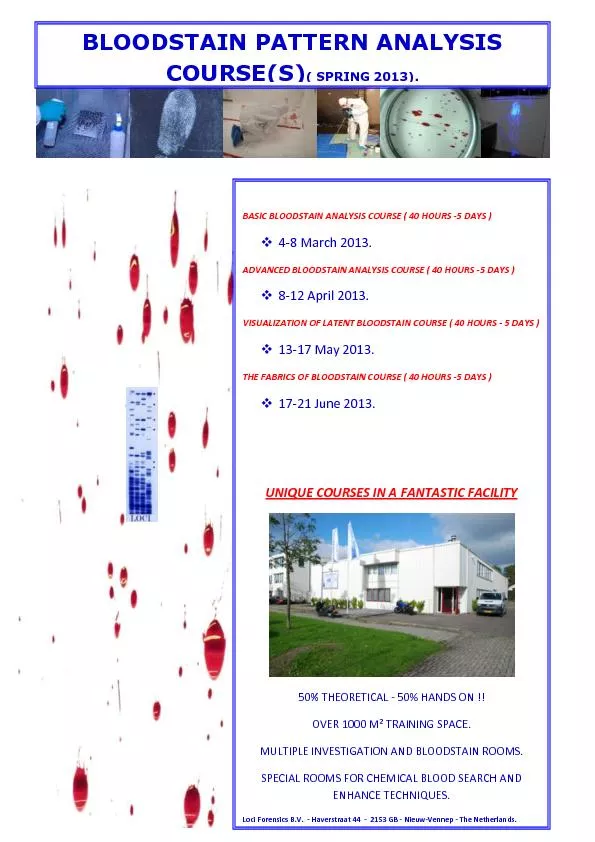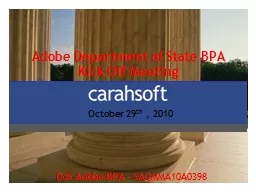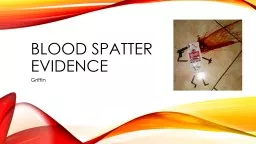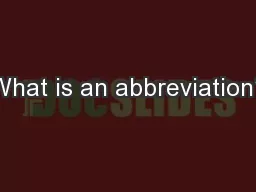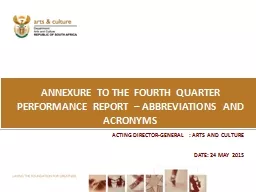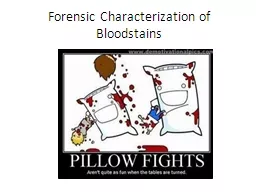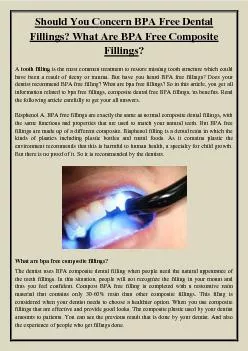PPT-Bloodstain Science What does the abbreviation BPA represent? Bloodstain Pattern Analysis
Author : briana-ranney | Published Date : 2018-11-05
What can an investigator learn from the analysis of a blood spatter Type and velocity of weapon Number of blows Handedness of assailant right or lefthanded Position
Presentation Embed Code
Download Presentation
Download Presentation The PPT/PDF document "Bloodstain Science What does the abbrevi..." is the property of its rightful owner. Permission is granted to download and print the materials on this website for personal, non-commercial use only, and to display it on your personal computer provided you do not modify the materials and that you retain all copyright notices contained in the materials. By downloading content from our website, you accept the terms of this agreement.
Bloodstain Science What does the abbreviation BPA represent? Bloodstain Pattern Analysis: Transcript
Download Rules Of Document
"Bloodstain Science What does the abbreviation BPA represent? Bloodstain Pattern Analysis"The content belongs to its owner. You may download and print it for personal use, without modification, and keep all copyright notices. By downloading, you agree to these terms.
Related Documents

